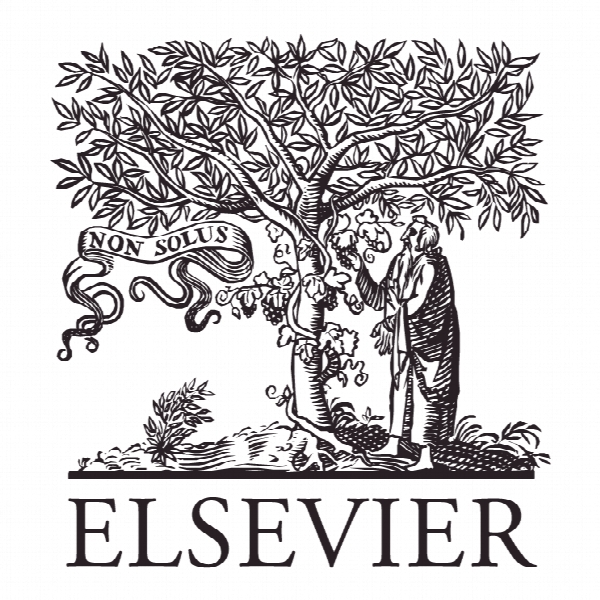تنوع موثر و هوش هیجانی در تیم های منبع یابی میان کارکردی Affective diversity and emotional intelligence in cross-functional sourcing teams
- نوع فایل : کتاب
- زبان : انگلیسی
- ناشر : Elsevier
- چاپ و سال / کشور: 2017
توضیحات
رشته های مرتبط مدیریت
مجله مدیریت خرید و تامین – Journal of Purchasing and Supply Management
دانشگاه دانشکده مدیریت، آلمان
نشریه نشریه الزویر
مجله مدیریت خرید و تامین – Journal of Purchasing and Supply Management
دانشگاه دانشکده مدیریت، آلمان
نشریه نشریه الزویر
Description
1. Introduction Many organizations use cross-functional teams to manage their supply chains (Driedonks et al., 2010; Flynn et al., 2010; Oliva and Watson, 2011; Pohl and Förstl, 2011). Team members come from different departments (e.g., purchasing, logistics, production, research and development (R&D), and information technology) and typically have different goals, expertise, decision-making styles, personalities, and emotions. Their focus, for example, on important supplier selections and risk mitigation strategies (Kaufmann et al., 2014) requires the integration of broad ranges of experiences and various sets of information (Kraljic, 1983). One practical advantage that cross-functional teams present in their work along supply chains is that they allow for more holistic problem solving using team members’ different backgrounds and perspectives (Driedonks et al., 2014). However, these more diverse teams also can present challenges that cause team stress and low team cohesiveness (Keller, 2001). Organizational research, characterizing diversity as a “double-edged sword”, has developed theoretical explanations for these divergent effects (Milliken and Martins, 1996; van Knippenberg et al., 2004; Williams and O’Reilly, 1998): On the one hand, a broader elaboration of information can result from taking different task-relevant perspectives and using complementary skills of team members; the potential outcome is greater innovation and higher performance. On the other hand, the similarity–attraction paradigm predicts that perceived dissimilarities between team members can lead to communication errors and lower performance (van Knippenberg et al., 2004). Recent empirical studies (Ellis et al., 2013; Meschnig and Kaufmann, 2015; van Knippenberg and Schippers, 2007) and meta-analyses (Bell, 2007; Bowers et al., 2000; Joshi and Roh, 2009; van Dijk et al., 2012) show that research findings are inconsistent and equivocal about the upside and downside effects of team diversity. “For every study describing a positive effect of group or team diversity on outcomes, such as performance, innovation, or cohesion, there is (at least) one suggesting the effect is in the opposite direction, and there are others which find neither effect” (Guillaume et al., 2013, p. 129). One root cause for these inconsistent results might lie in the different conceptualizations and operationalizations of the diversity construct.


